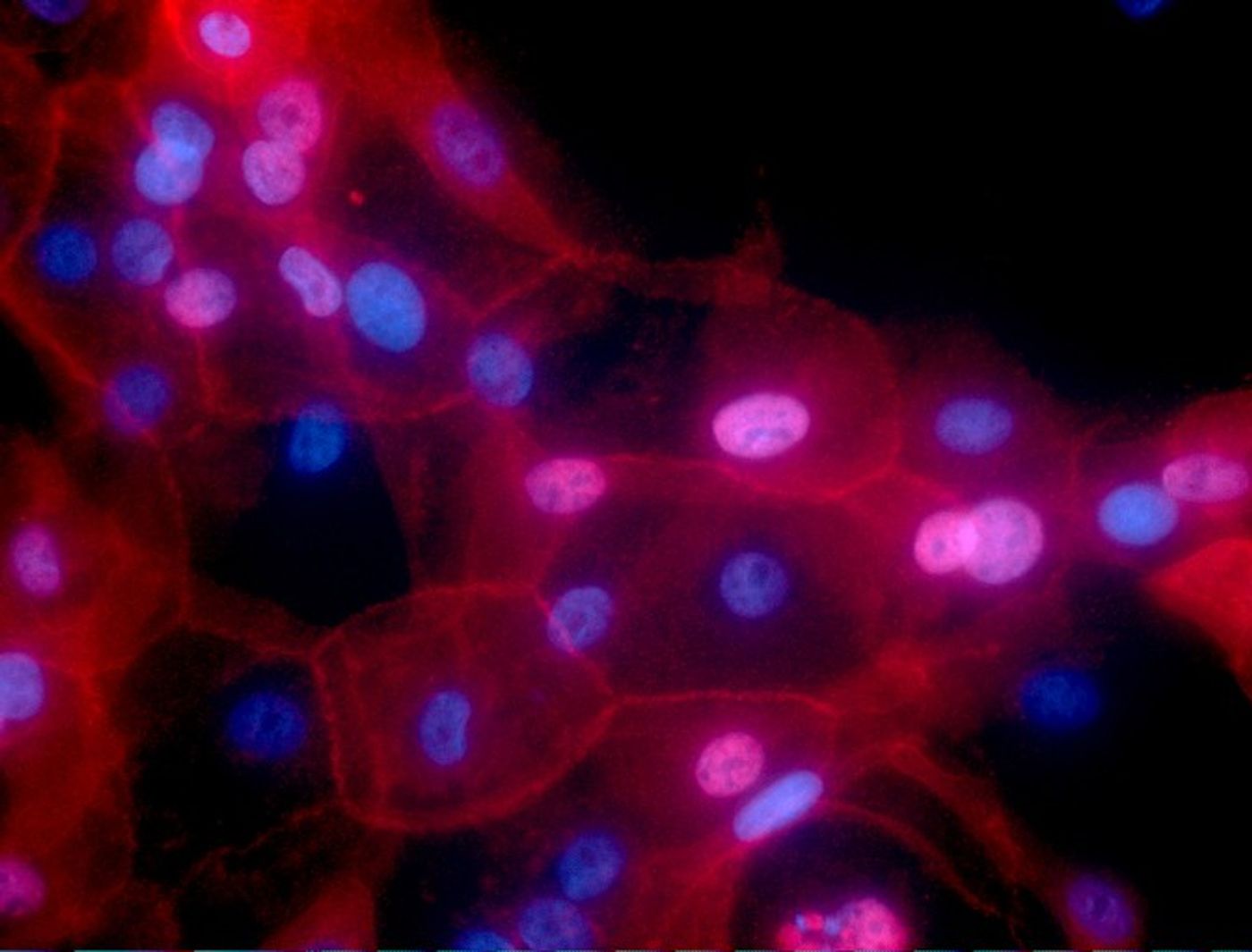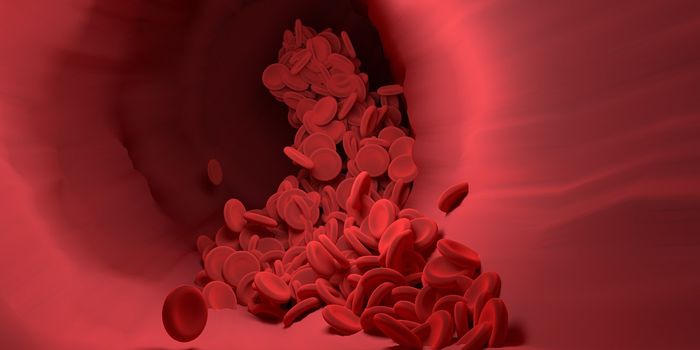Cancer Cell Lines can Evolve in the Lab
Scientists have been able to make some significant discoveries by studying cells growing in a dish. But in recent years, a close examination of this model has revealed some hard truths about cells that are commonly used in laboratory research. Many cell lines have changed dramatically from their source, like a tumor or tissue type, since they were brought into the lab, which in some instances is many decades ago. Cells that are cultured in a dish are also grown in an environment that is very different from the one they naturally inhabit.
Researchers from the Broad Institute led a study that has now shown that the cell lines established from samples taken from patients, once thought to be representatives of their host’s tissue for an indefinite period over many rounds of replication, actually change a lot. The work shows that these changes - genetic mutations - even impact the way the cells respond to drugs.
The conditions the cells are exposed to might cause the mutations; they may also explain why cell culture studies often reach varying conclusions when different labs try the same experiment.
This work, reported in Nature, is not meant to deter scientists from using cell lines; the intended message is that investigators should evaluate the cell lines they use to ensure they are accurate models. An online tool was created to accompany this work; called Cell STRAINER, it can help scientists verify their models.
“The main message here is not that cell lines and culture-based models are bad. Rather, you should know your model, and understand its properties and limitations,” noted Broad founding core member and Cancer Program director Todd Golub, co-senior author of the report. “Knowing requires a level of genetic and genomic characterization beyond what we usually think about. Skipping this sort of careful characterization is not an option.”
It’s been thought that the cell lines that are created from a patient tumor sample remain relevant to cancer biology. These models were used, after all, to test current treatments. Study results have proven challenging to replicate, however. There also hasn’t been a detailed study of how these cells change over time.
“You can find many examples in the literature pointing out inconsistencies in drug sensitivity data from cell-line experiments,” said first author Uri Ben-David, a postdoctoral fellow in the Golub lab. “We wanted to look for signs of evolution and connect the dots between changes within lines and those inconsistencies.”
After comparing data on the sequences of 106 cell lines from the Broad-Novartis Cancer Cell Line Encyclopedia (CCLE) and the Sanger Institute’s Genomics of Drug Sensitivity in Cancer, the scientists found discrepancies. Nineteen percent of genetic mutations identified by the team were only found on one or the other set.
A more in-depth analysis was done on 450 genes linked to cancer; 23 and 27 strains of the A549 and MCF-7 cancer cell lines, respectively, showed there were significant genetic differences between the strains. There were many mutations, from a single base pair to the loss of chromosome arms. That indicated that the lines aren’t stable or particularly similar. After following up on other types of cancers, they got the same result - huge variability within cell lines.
The team also tested 321 drugs on different strains of the MCF-7 cell line and found that the efficacy of a drug changed depending on the genetic characteristics of the cell line.
The researchers exposed cells within a strain to different nutrients when they were growing, and found that different populations of cells respond favorably to different conditions. One group of cells responds robustly to certain things and will outgrow other cells; eventually, the cell population changes because as those cells gain the advantage, they evolve and acquire new mutations.
To try to bring some clarity to research, Cell STRAINER will be made available online so that scientists can get an idea of how well the cells they are growing represent the line they are named for.
This work may also help scientists learn more about cancer biology and how it can evolve. “Because the strains have the same general genetic background, you could test the same compound on two strains and use their features to study the compound’s mechanism of action or the influences of gene expression differences on sensitivity,” said Golub, who is also the Charles A. Dana Investigator in Human Cancer Genetics at DFCI. “Or you could investigate tumor heterogeneity and the selective pressures that cause strains to evolve.”
Sources: The Harvard Gazette via Tom Ulrich/Broad Institute Communications, Nature









